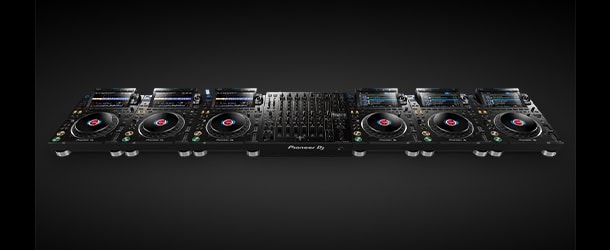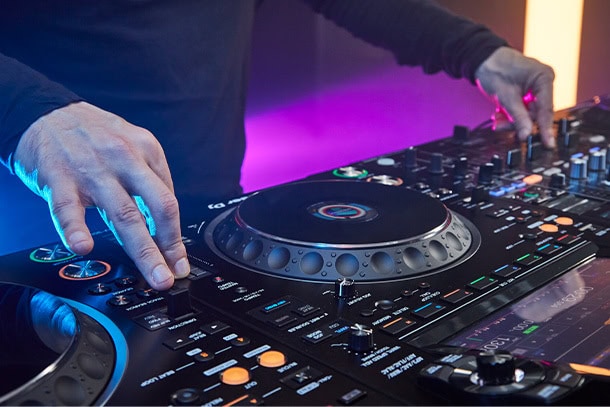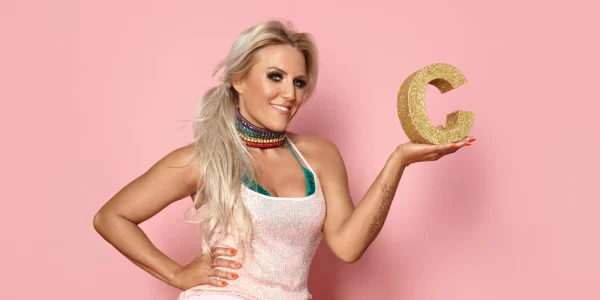In 1994, Pioneer DJ launched the CDJ-500, a device that would eventually reshape the landscape of DJing as we know it. Thirty years later, the CDJ has not only endured but thrived, becoming an essential tool for DJs across the globe. From the rudimentary beginnings of the CDJ-500 to the cutting-edge features of the CDJ-3000, the evolution of this technology has revolutionized the way DJs interact with their music, shifting from physical vinyl records to digital and even cloud-based libraries.
Early Resistance and Adoption
On the other hand, DJs like Roger Sanchez embraced the CDJ early on. As a touring DJ, he appreciated the convenience of CDs, which were lighter to carry than crates of vinyl and allowed him to play unreleased tracks more easily. Sanchez was one of the pioneers who helped develop Pioneer DJ’s first products, transitioning from vinyl to CDs at a time when few others were willing to do so. “It kind of became the easiest medium to break new music, so for me, the transition was pretty quick,” Sanchez recalls.

Breaking New Ground: The CDJ-1000 and Beyond
From then on, the CDJ continued to innovate. The CDJ-2000, released in 2009, introduced USB playback, allowing DJs to move away from burning CDs entirely. It also brought new features like a high-resolution display, quantizing capabilities for tighter loops, and the ability to link multiple CDJs through ethernet. For Zabiela, this was a moment of conversion: “The CDJ-2000 sort of solved all of that — you just show up, you plug in, and it would be, in theory, stress-free.”
Expanding Possibilities: The CDJ-3000
For DJs like Roger Sanchez, the CDJ-3000 represented a leap from “the Apollo Saturn V rocket to the Starship Enterprise.” The equipment had evolved from simply being a tool for mixing music to a device capable of facilitating live remixing and deconstruction of tracks in real-time.

The Sync Debate
Others, like Sanchez and Zabiela, see the sync button as a tool that opens the door for more people to experiment with DJing, particularly producers who may not have the technical skills but want to share their music in a live setting. As Moxie points out, “It’s not that hard, anyone can mix a record… the thing that makes people different, unique, is their tune selection and how they mix the tunes.”
Thirty years after its inception, the CDJ remains the industry standard, continually adapting to the needs of modern DJs. Whether it’s vinyl purists like DJ Storm or tech enthusiasts like Roger Sanchez, the CDJ has found a way to cater to a wide range of artists, providing new ways to innovate and elevate the craft of DJing. As we look to the future, it’s clear that the CDJ will continue to play a central role in shaping DJ culture for years to come.




